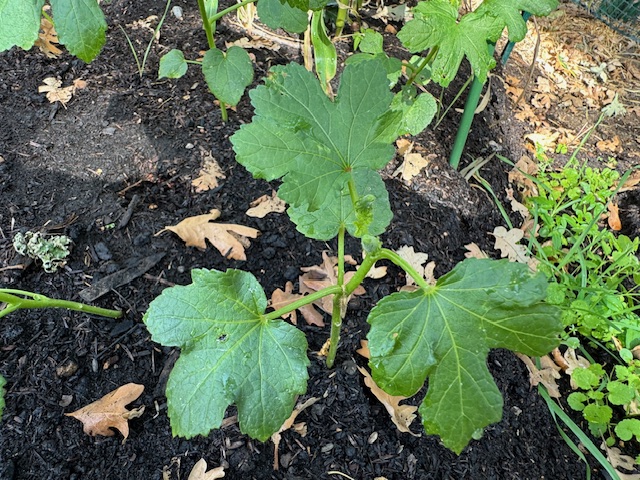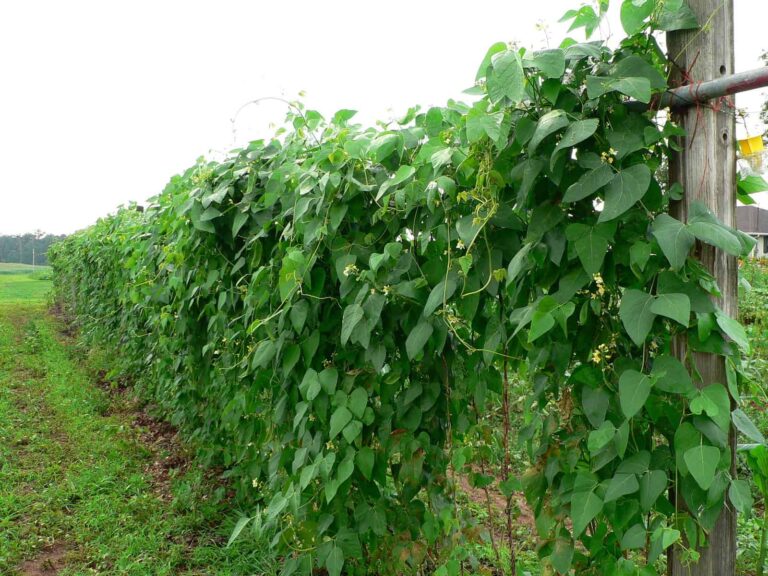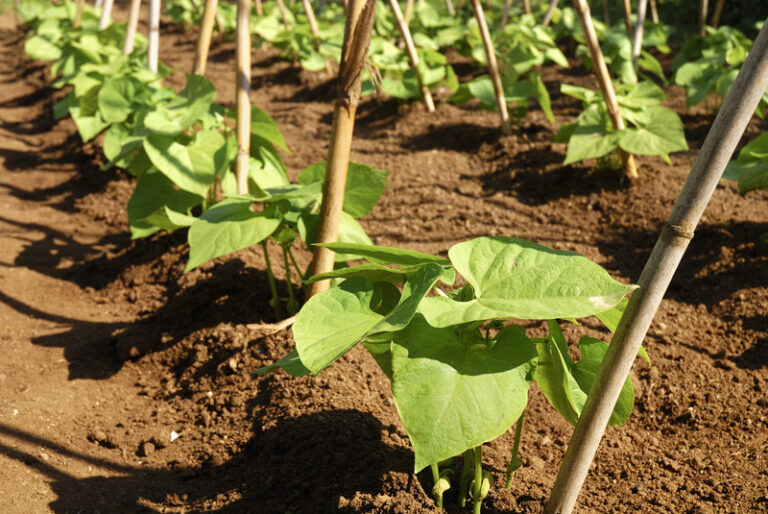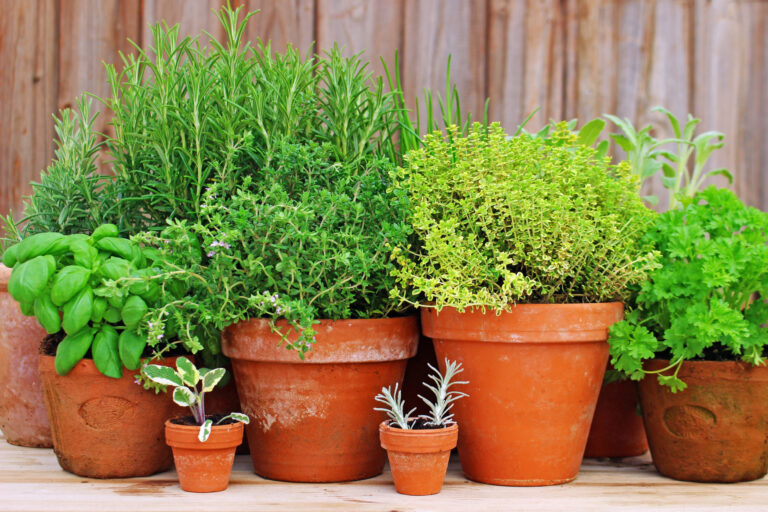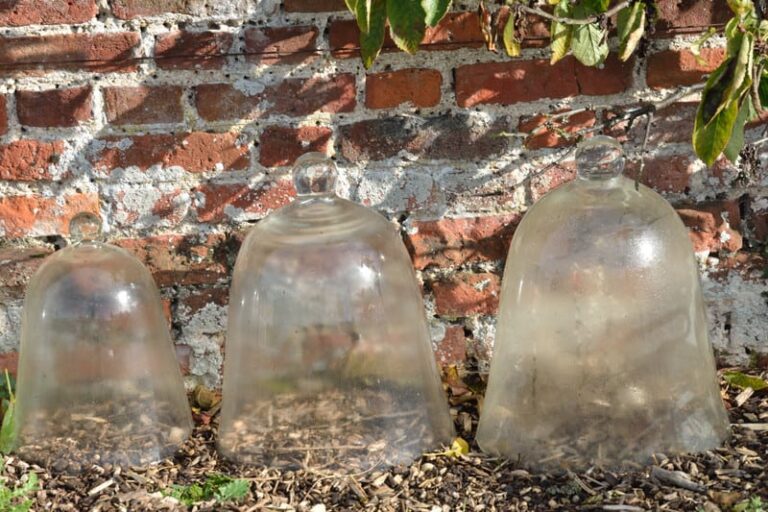When and Where to Plant Okra in Your Garden
Over the years, I’ve learned that growing okra successfully hinges on two key things: heat and sunlight. This warm-season crop thrives when planted at the right time in the right spot. Rushing it into cold soil or placing it in less-than-ideal conditions will almost always lead to disappointing results. Here’s how I make sure my okra gets off to the best possible start every season.
Where to Plant Okra: Full Sun and Loose Soil Are Essential
Okra absolutely needs full sun—at least 6 to 8 hours a day—to grow strong and produce plenty of pods. In my own garden, any plant that doesn’t get all-day sun ends up spindly and pod-shy. I’ve had the best luck planting okra in loose, well-draining soil that’s been enriched with aged compost added in early spring. Rich soil helps okra get a strong start and supports steady pod production.
If you’re working with heavy or clay soils, like I often do in certain beds, I recommend mixing in gypsum to improve drainage. Okra does not tolerate soggy soil and will quickly decline if its roots stay wet. Okra also prefers a slightly acidic soil pH between 6.0 and 6.8. I check my soil pH annually to make sure it’s within that range—healthy soil leads to healthier, more productive plants.
Because okra is very cold-sensitive, it’s also important to protect it from chilling winds, especially if you’re gardening in a northern or coastal climate. I plant mine in the warmest, most sheltered area of my garden—always in full sun—to ensure it gets the heat it needs without stress from cold breezes.
When to Plant Okra: Wait for Consistent Heat
Okra is one of the last warm-season crops I plant each spring—right alongside watermelon and summer squash. The key to success is waiting until the soil and air are truly warm. I don’t plant a single seed until four weeks after my last expected frost, when daytime temperatures are reliably above 85°F (29°C). Anything cooler, and okra will sulk—or worse, stall completely.
To speed things along, I’ll often pre-warm my garden beds using black plastic mulch, especially in cooler springs. This helps okra germinate faster and get growing right away. If you’ve ever seen okra struggle in cool temps, you know how important this heat boost can be. I’ve noticed yields start to drop once daytime temperatures fall below 70°F (21°C)—this crop loves the heat and really needs a 55 to 65-day frost-free window to reach its full potential.
If you’re wondering when to plant okra, a good rule of thumb is: plant it when you’d plant watermelons or squash. These crops all crave the same warm conditions, and they’ll thrive together when the timing is right.
Related Okra Articles:
🥬 Start Here
🌱 Planning & Planting
- When and Where to Plant Okra In Your Garden
- How to Successfully Grow Okra in Short Summer Regions
- How Day Length Affect Okra Growth-What You Can Do About It
- How to Grow Okra in Containers: Tips from My Garden
- How to Plant Okra: Step-by-Step Guide
🌿 Care & Maintenance
🧬 Varieties & Selection
🛠️ Troubleshooting & Problem Solving
🥬 Harvest & Kitchen Use

